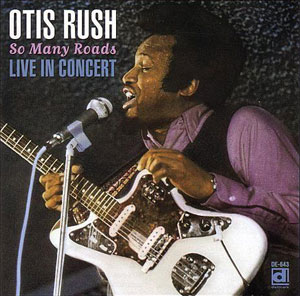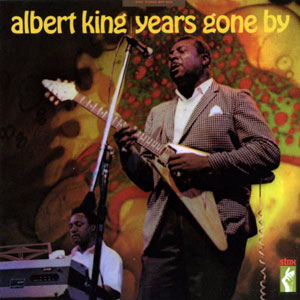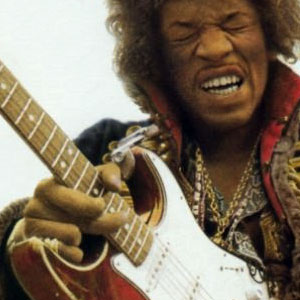Playing Guitar when you are Left Handed
Left handed life can be highly annoying... your hands are covered in ink smudges when you write, using scissors is a nightmare (and lefty scissors are harder to find and more expensive to buy), and that's before you mention your predicted shorter life expectancy. Lefty guitarists have their own problems too. It starts right at the beginning. You're round your mates house and there's a guitar...you've never played, but always wanted to... It's right-handed of course, and just holding it feels wrong, let alone trying to play it. Then an uncle or neighbour, recognising your enthusiasm, digs out that old electric for you to have a go on; it's been sitting in the garage for years... of course you're left-handed. I forget... shame, it could have been yours! But finally your enthusiasm pushes you into buying something for yourself. You've saved hard, and the day is finally upon you... you're gonna look so cool with a stunning black rock machine... But, oh no... the local music store only has an acoustic... a white Strat- copy, and that Gibson that's way out of your price range. But they can order me in something... at a premium of course. We've been here before with the scissors haven't we? But it's not all doom and gloom. Us lefty's are known to be more creative musicians - Jimi Hendrix, Tony Iommi, Paul McCartney etc... How did they manage?
The greatest guitar players in the world were left-handed
Where there's a will there's a way. Musicians used a number of techniques to deal with the problems outlined above, especially back in the day when true left-handed guitars were less-available, and comparatively more expensive than they are today. Some simply ignored their dexterity and played a regular right handed guitar, BB King being the best known example. Others, like fellow bluesmen Albert King (no relation) and Otis Rush, took a regular right handed guitar, flipped it over, but left the strings unchanged; the heaviest strings at the bottom of the fretboard, the lightest at the top. The album covers, left, show (top) Otis Rush with a Fender Jaguar with the strings clearly back-to-front on his 1976 live album "So Many Roads", and (bottom) Albert King with his original 1950s Flying V.
But you can restring a right-handed guitar for left-hand use
Restringing a right-handed guitar to be left handed is not quite as simple as it sounds, you can't just change the strings. It actually requires a new nut and a bit of setting up, but it can be done fairly easily by a good guitar technician. The vast majority of Jimi Hendrix's guitars, most notably the Fender Stratocasters were re-strung right handers. This approach is not ideal, however, as it leaves the controls in an inconvenient position, and, depending on the guitar, can massively reduce access to the upper frets. Obviously this is far less of an issue with fully acoustic instruments with a symmetrical body silhouette.
All of these solutions actually affect the sounds that come from your guitar, and in some ways went on to form the styles of the players themselves, specifically in their ability to bend notes (a key technique in blues guitar playing). Albert King's playing is full of wailing solos, produced by a lot of string bending and vibrato on the thinnest strings. Having these strings at the top meant he would bend the string down towards the floor rather than push it up. His level of bending is very hard to reproduce in a guitar with standard stringing.
Hendrix's upside-down Strat is another great example of how set-up can alter the tones produced by a guitar. The six-on-a side tuning key layout of the Stratocaster headstock means the thinnest strings are always the longest, having the most sustain and a slightly higher degree of flexibility. The angled bridge pickup (away from the neck) results in the the thinnest strings having a more trebly tone than if the pickup was straight (like the neck and middle pickups). Whats more, certain guitar body styles have very limited upper fret access when turned upside down; guitars with no top cutaway don't make good lefties. That's why you rarely see someone playing a Les Paul upside down.
So restringing as a lefty has a marked effect on tone... and what you can play... but don't think that doing this will instantly make you sound like Jimi!



 Access to the top frets is severely limited when using a right handed guitar upside down!
Access to the top frets is severely limited when using a right handed guitar upside down!